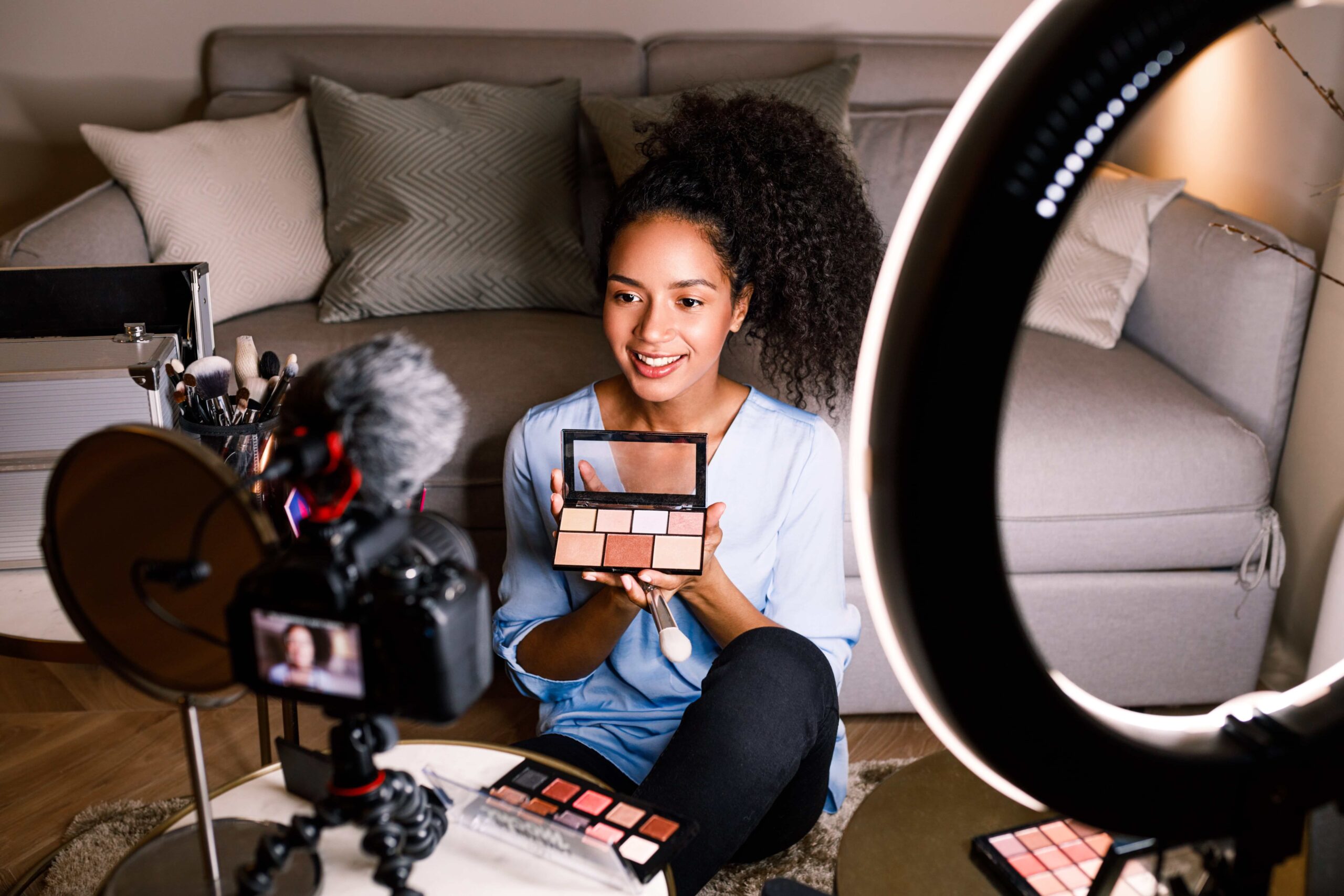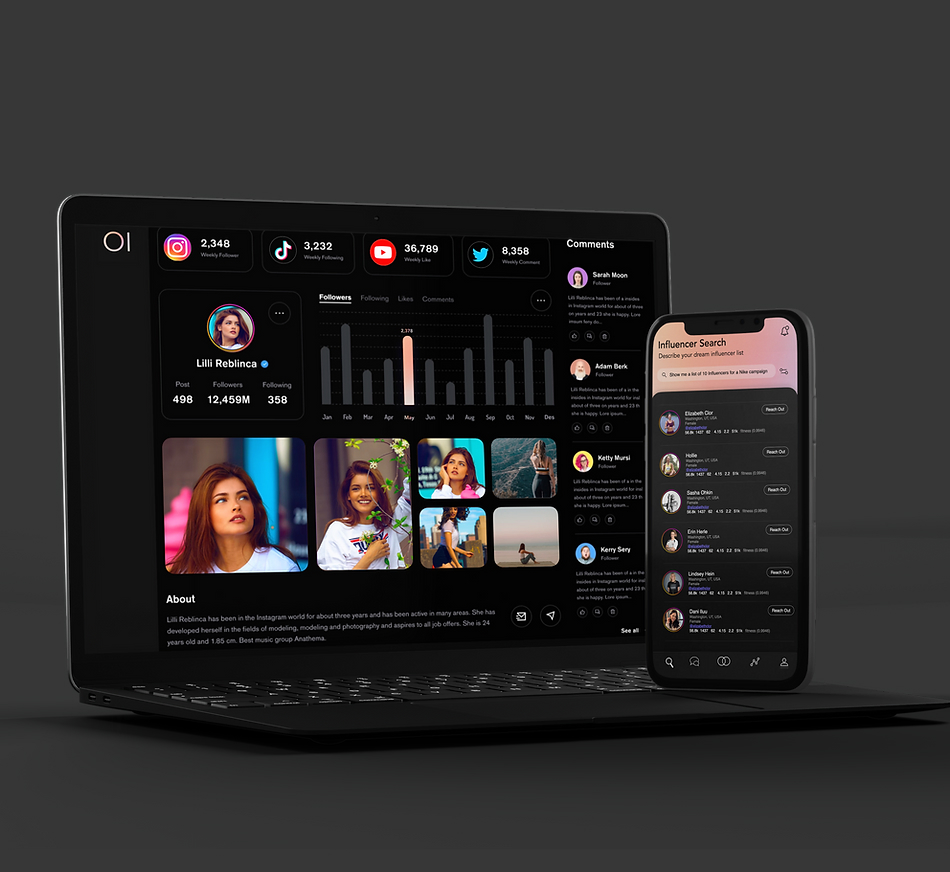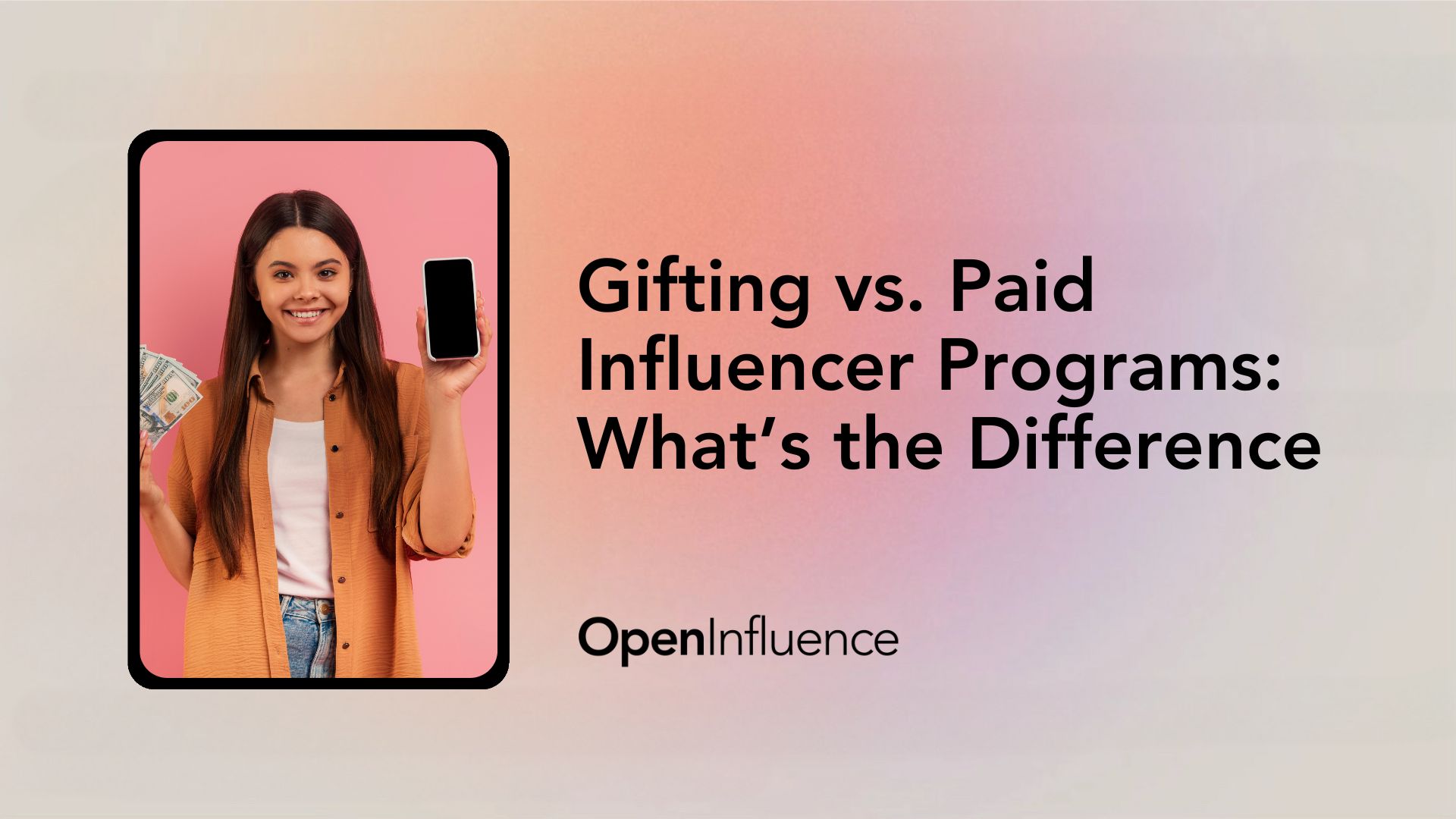What is Gifting?

When gifting works well
- Nano or Micro-Influencers: These creators are more likely to post in exchange for free products, especially if they align with the brand.
- Early-Stage or DTC Brands: Gifting is ideal for startups with limited budgets looking to generate organic traction.
- Products with a “Wow” Factor: Visually unique, functional, or buzz-worthy products have higher shareability.
- First Touchpoint: Gifting can serve as a relationship-building tool before entering paid collaborations.
Limitations of gifting
- No Guaranteed Content: Influencers are not obligated to post unless terms are pre-agreed.
- Inconsistent Messaging: Without a formal brief, brand alignment can vary widely.
- Not Scalable: It’s difficult to predict ROI or reach with gifting alone.
- May Undervalue Creators: Some influencers view gifting as transactional and may decline if they feel undercompensated.
What is a Paid Influencer Program?

When paid partnerships work best
- Product Launches or Brand Campaigns: When timing and precision matter, paid partnerships offer control.
- Message Control: Brands can guide narratives and ensure key points are covered.
- Full-Funnel Strategies: From awareness to conversion, paid programs support multi-phase campaigns.
- Working with Professional Creators: Experienced influencers often expect payment in exchange for their work and audience reach.
Benefits of paid programs
- Guaranteed Deliverables: Brands receive content as promised.
- High-Quality Content: Paid creators typically invest more effort and resources into production.
- Brand Alignment: Clear expectations result in more strategic, on-brand messaging.
- Scalability and ROI: Paid campaigns offer metrics, tracking, and optimization opportunities.
Gifting vs. Paid: Key Differences in Influencer Programs
| Feature | Gifting Influencer Program | Paid Influencer Program |
|---|---|---|
| Compensation | Free product only | Financial payment + product |
| Content Guarantee | Not guaranteed | Guaranteed deliverables |
| Creative Control | Low | High |
| Relationship Type | Casual | Professional |
| Ideal for | Micro-influencers, early-stage brands | Brand campaigns, pro creators |
| ROI Tracking | Limited | Robust and scalable |
Integrating Product Seeding Into Paid Influencer Campaigns
Partner with Open Influence for Smarter Paid Influencer Programs
Building Effective Influencer Programs That Scale
Ready to Build a Smarter Influencer Program?
FAQs
How do you get paid as an influencer?
Influencers get paid through brand partnerships that are part of a paid influencer program. Compensation is typically outlined in a contract and can include flat fees, performance-based payments, or product plus cash arrangements depending on the scope of the influencer program.
What is the difference between gifting and a paid influencer program?
Gifting involves sending products to influencers without monetary compensation, while paid influencer programs require a fee in exchange for agreed-upon deliverables. Paid programs offer more control, guaranteed content, and a measurable return on investment.
Are paid influencer programs more effective than gifting?
Paid influencer programs are generally more effective for achieving specific marketing goals like product launches, conversions, or brand storytelling. Gifting can be useful for early-stage awareness but lacks the scalability and control of paid campaigns.

